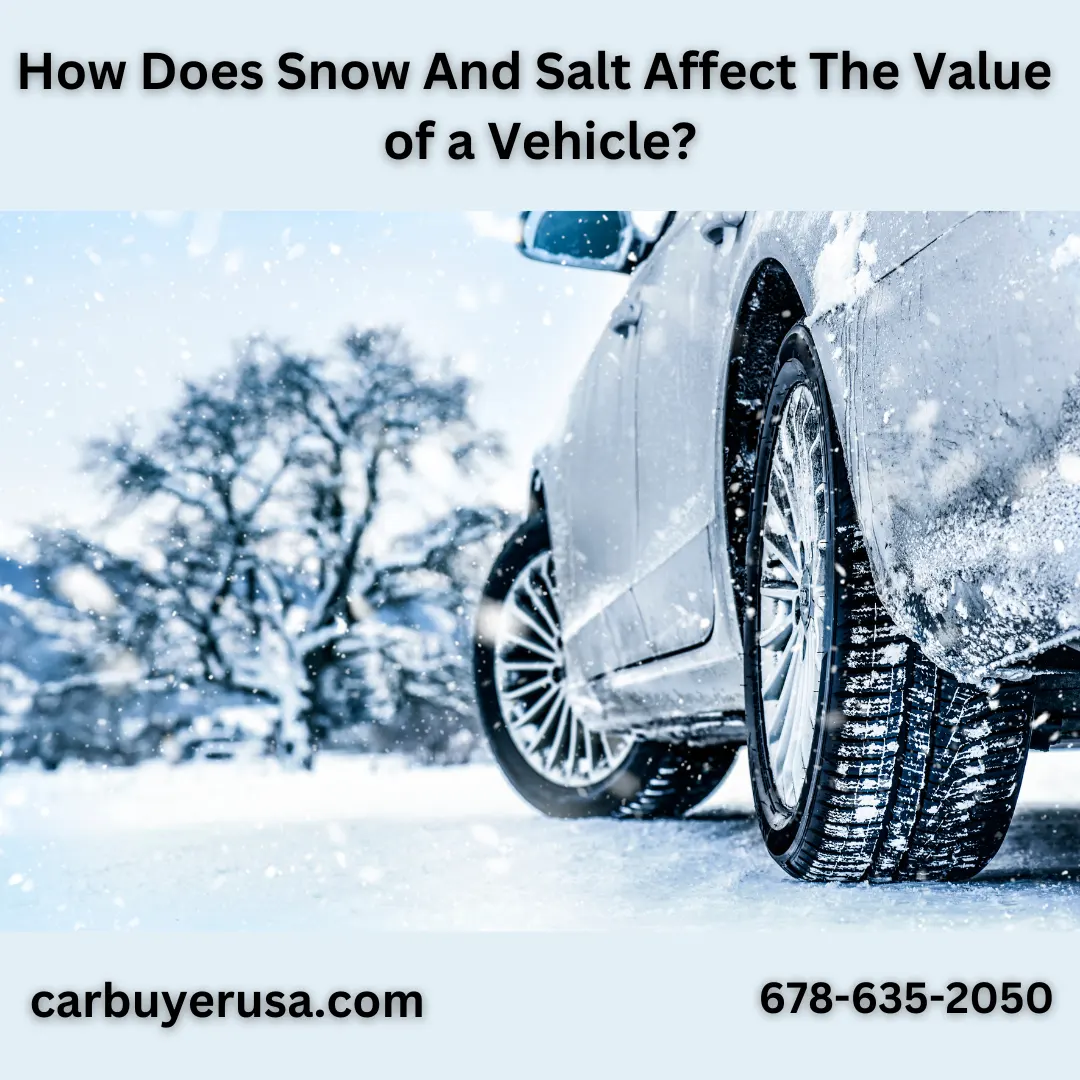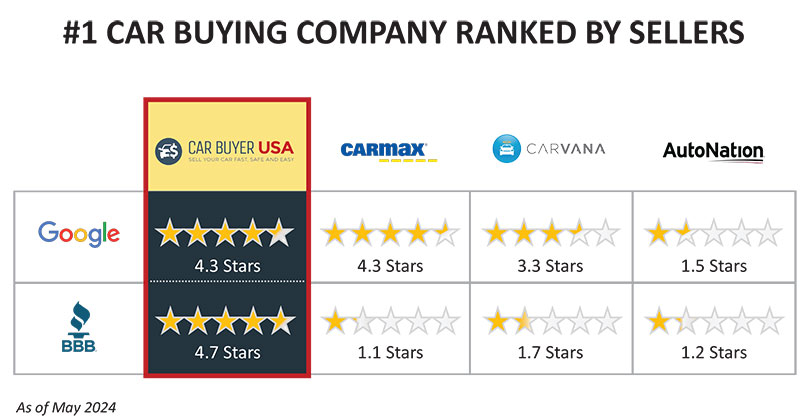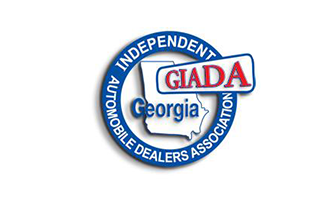
Snow and salt damage are significant factors that can impact a vehicle's condition and resale value, particularly in regions with harsh winters. The combination of freezing temperatures, snow, and road salt can lead to both cosmetic and mechanical issues, which may not only affect the car’s appearance but also its long-term performance and desirability in the used car market.
One of the most visible effects of snow and salt damage is corrosion. Road salt is commonly used to melt ice and improve traction on snowy roads. While effective for safety, salt is highly corrosive and can cause rust to form on a vehicle’s undercarriage, wheel wells, and body panels. Even small chips or scratches in the paint can become entry points for salt to reach the bare metal underneath, accelerating the rusting process. Over time, this corrosion can weaken the vehicle’s structural integrity and compromise safety features.
The undercarriage is particularly vulnerable because it is constantly exposed to slush, moisture, and salt. Components such as the exhaust system, brake lines, and suspension parts are at high risk of corrosion. Rust in these areas can lead to costly repairs or replacements. For example, corroded brake lines may fail, posing a serious safety hazard. Suspension damage can affect the vehicle’s handling and ride quality, making it less appealing to potential buyers.
Snow and salt can also have an impact on a vehicle’s exterior and interior. Snow and ice accumulation can damage windshield wipers, door seals, and locks. Prolonged exposure to salt can dull the vehicle’s paint and trim, reducing its aesthetic appeal. Additionally, melted snow can seep into the cabin, leading to water stains, mildew, and unpleasant odors in the interior. These issues can make a vehicle look and feel poorly maintained, which is a red flag for prospective buyers.
The resale value of a vehicle with visible or hidden snow and salt damage is often significantly lower. Buyers are wary of purchasing cars with rust or signs of neglect, as these issues may signal deeper problems. A rusted vehicle may also be harder to sell privately or to dealerships, as repairs to address corrosion can be expensive. Even if a car is mechanically sound, visible rust can give the impression that it has not been properly cared for, diminishing its market value. Car Buyer USA buys all types of vehicles, new, used and even damaged! Reach out to us to Get The Value For Your Salt Damaged Vehicle!
To minimize the effects of snow and salt damage, regular maintenance is crucial. Washing the vehicle frequently during the winter months, especially the undercarriage, helps remove salt and grime. Applying a high-quality wax or sealant before winter can provide an additional layer of protection for the paint. Rustproofing treatments, such as undercoating, can be a wise investment for vehicles frequently driven in snowy conditions. Addressing small paint chips promptly and inspecting the undercarriage for early signs of rust can also prevent more extensive damage.
For those planning to sell their vehicles, keeping detailed maintenance records can help reassure buyers that the car has been well cared for despite exposure to winter conditions. Preventative measures and routine upkeep not only preserve the vehicle’s condition but also safeguard its resale value, ensuring it remains a reliable and attractive option for future owners.


